This page includes information that may not reflect the current views and values of the Penn Museum.
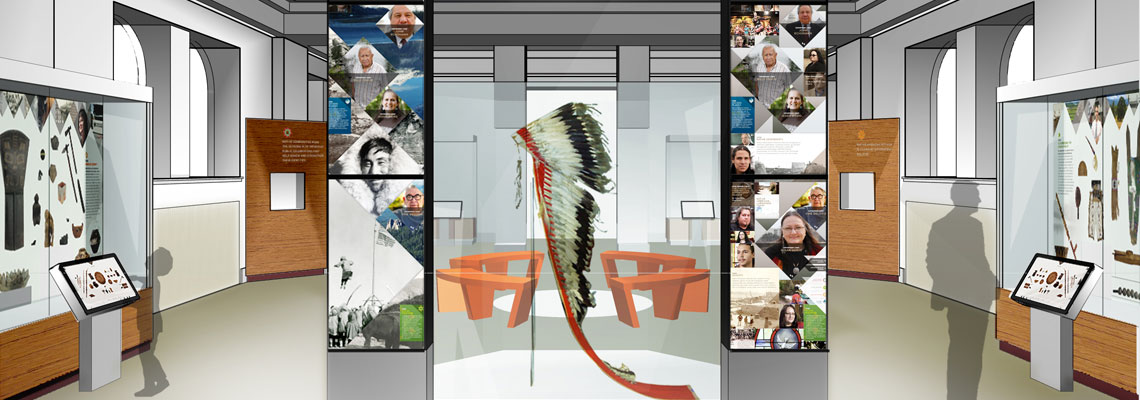
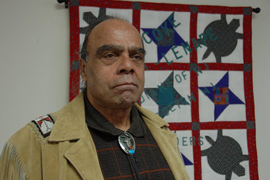
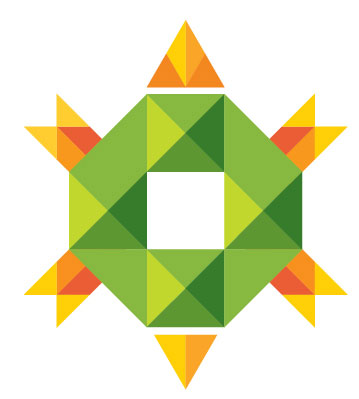
Before the arrival of Europeans, the Delaware Valley was home to the Lenape people. Many of the original Lenape families moved west to avoid Europeans, but a few remained. These people hid their true Native identities to outsiders for many years in order to survive.
"If there's a legacy, it's to make sure that our children can still call these places home."
— Tina Pierce Fragoso, Nanticoke Lenni-Lenape Tribal Member, Assistant Director of Equity and Excellence, and Coordinator of Native American Recruitment, University of Pennsylvania
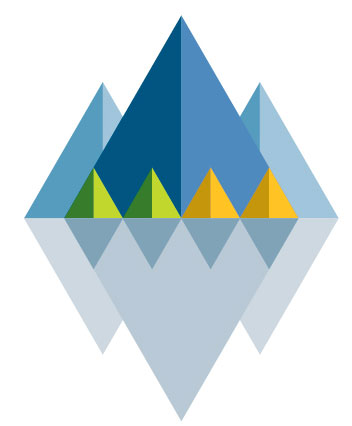
Sacred places hold great meaning for Native Americans. Many communities have lost access to the lands where their ancestors once lived and continue to fight for the right to access their sacred lands today.
"Native Americans are the only people in the United States who do not have a door to the courthouse to protect sacred places or site-specific ceremonies."
— Suzan Shown Harjo, Cheyenne and Hudolgee Muscogee and President of the Morningstar Institute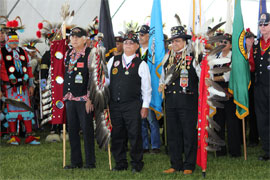

Native communities mark the seasons with important public celebrations that renew and strengthen their identities. These events honor long-held traditions and help pass those traditions on to the next generation.
"These events [powwows] will continue with their vigor, tradition, and change year after year, as long as there are Indian people in the world."
— George P. Horse Capture, Gros Ventre Tribal Member and former Curator, National Museum of the American Indian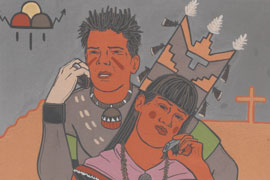
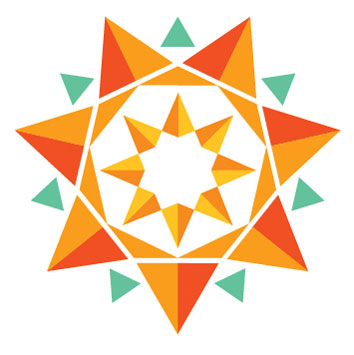
Native American activism is changing government policies to support tribal self-governance and self-determination. Native Americans have made economic and social gains which are helping to maintain their identities.
"As Sovereign Nations, we have the right to govern ourselves and determine our own futures."
— John Echohawk, Pawnee Nation Member and Executive Director of the Native American Rights FundLocal Nations: (Image Courtesy of Lucy Fowler Williams) - Chief of the Nanticoke Lenni-Lenape Tribe of Bridgeton, New Jersey for over 30 years, Chief Mark Gould strives to pass on traditions to the younger generations in one of only three state-recognized tribes.
Sacred Places: (Image by bl0ndeeo2 CC BY-ND 2.0, Flickr.com) - Bear Butte Mountain, South Dakota. A sacred place to both the Cheyenne and the Lakota people, the Cheyenne know Bear Butte as Noahavose (Giving Hill), while the Lakota call it Mato Paha (Bear Mountain).
Continuing Celebrations Image: (Image Courtesy of Shutterstock) - Powwows are the best-known Native American celebrations. Originating in the Plains and Prairie, the powwow has been adopted and adapted by different Native American cultures through time. Today, honor guards of Native American veterans of US wars commonly open these celebrations.
New Intiatives: (Image Courtesy of Penn Museum, 240720) - This piece by Jason Garcia shows his fellow Santa Clara Pueblo members chatting on their cell phones while celebrating the annual religious Feast of Saint Clare of Assisi.